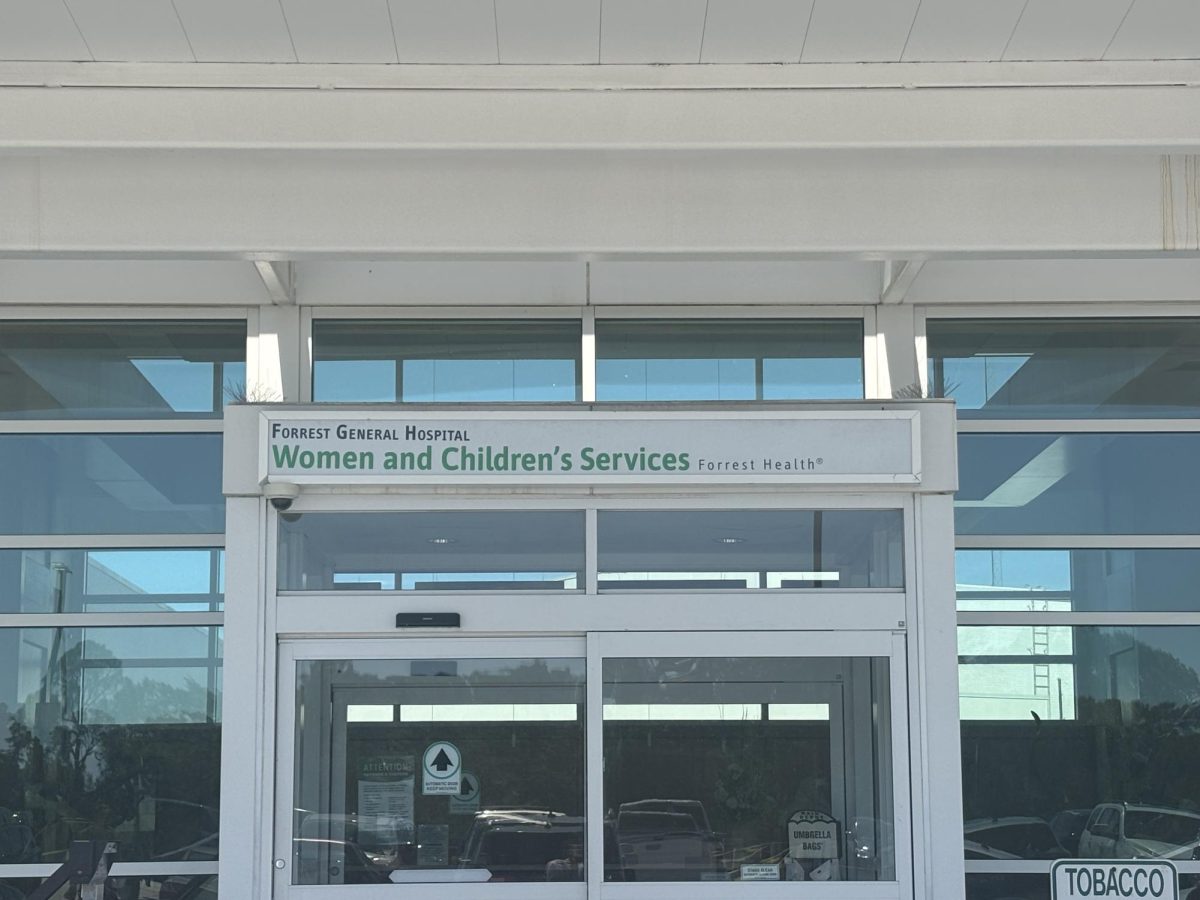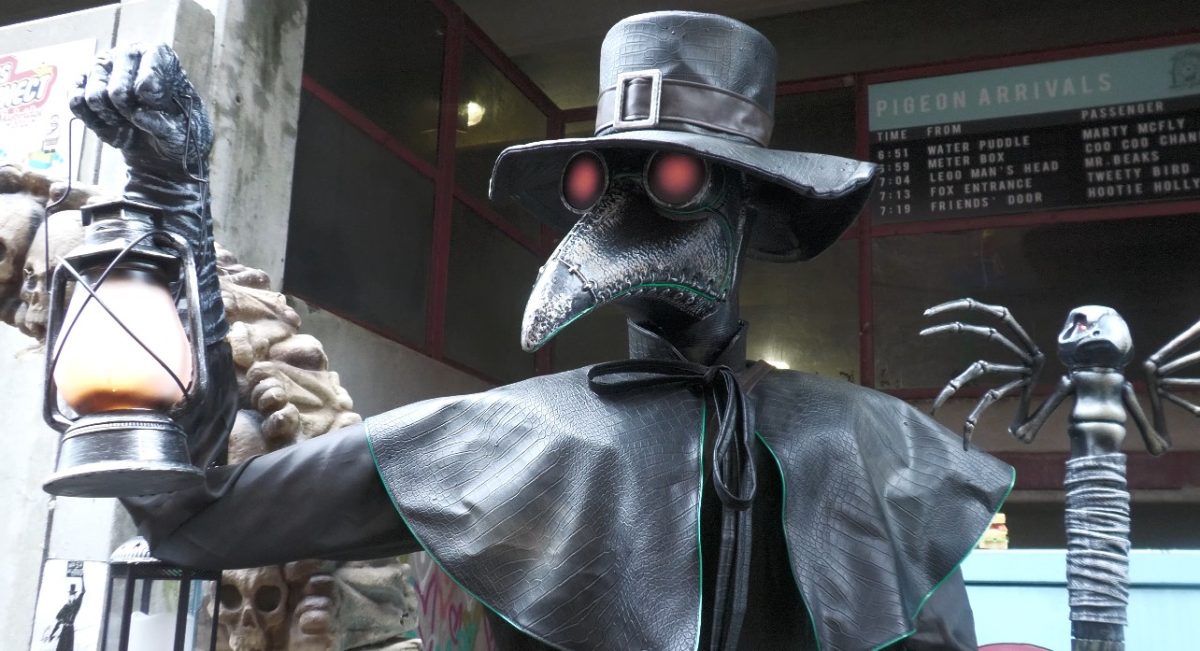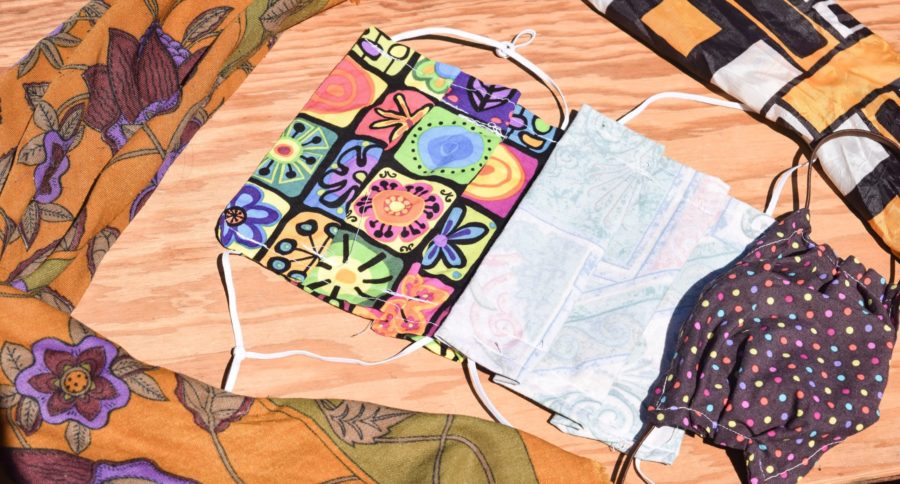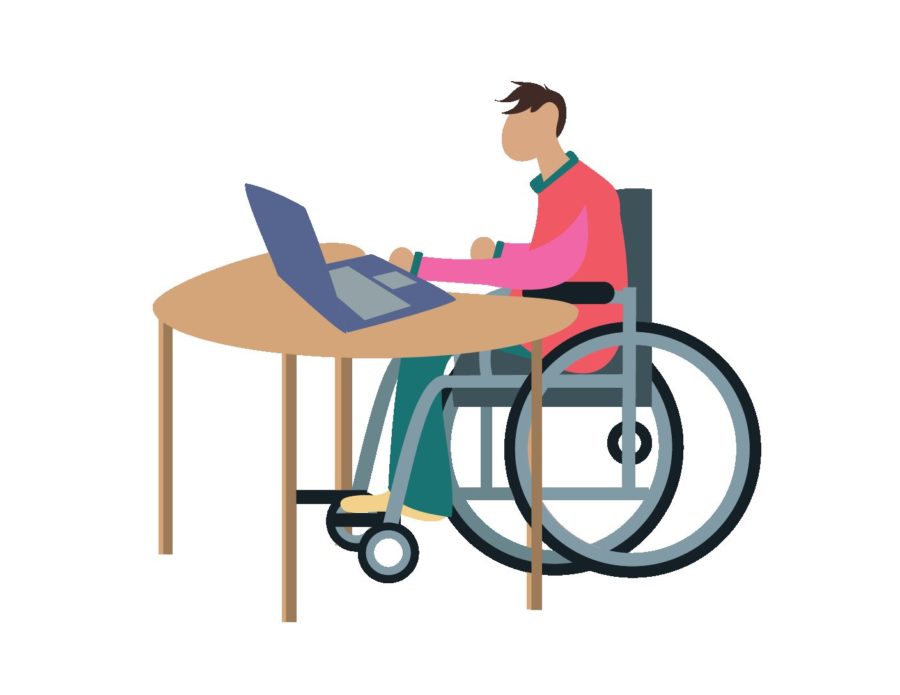Hattiesburg Mayor Toby Barker issued an executive order requiring business employees in the city to wear masks to prevent the spread of COVID-19. However, since masks can be hard to find these days, why not make your own?
In the midst of a global pandemic, it’s our job to flatten the curve anyway that we can. This could be the perfect time to use those thrifted headscarves for a lifesaving cause.
The simplest way I’ve found to make a face mask is with either a bandana or a thrifted head scarf, as well as clear elastic or ponytail holders. Here’s the step-by-step process to make your very own face mask, perfect for you or any family members!
Step One: Lay the bandana flat.
Step Two: Fold the top of the bandana to the middle.
Step Three: Fold the bottom of the bandana towards the middle so it meets the top.
Step Four: Flip the bandana over, and fold the top and bottom to the middle again.
Step Five: Flip the bandana over again and thread the ends through both hair ties, dividing it into thirds.
Step Six: Fold the sides of the bandana in so the hair ties from outer loops that you can put behind your ears.
Step Seven: Flip it once more so the pleats are facing outward, and the mask is complete.
If you’re handy with a sewing machine or a sewing needle, then you may want to try a more advanced way to create a face mask. Here’s what you’ll need to complete the project.
- 2 pieces of 100% cotton fabric that measure about 7 inches by 9 inches—cotton T-shirts, dish towels and pillowcases are good options (make sure all fabric is washed and dry)
- 2 pieces of cotton fabric that measure about 1.5 inches by 40 inches for the mask’s strap (in a pinch, you can use something like shoelaces or ribbon)
- A ruler, sewing pins, a pair of scissors, thread, an iron and a sewing machine
It’s important to follow CDC guidelines on face masks. The masks should fit snugly, but comfortable against the side of the face.They should also include multiple layers of fabric. Most importantly, the masks should be secure while still allowing for breathing without restriction. It is also important that they are able to be laundered and machine-dried without damage or change to their shape.
The CDC also recommends wearing cloth-face coverings in public settings where social distancing measures are difficult to maintain. Grocery stores and pharmacies, especially in areas of significant community-based transmission, are great places to wear face masks.
You can follow the steps above to create your own facemask or for the essential workers in your community. The only way to get through this trying time is by staying together. So, make sure to help your neighbors!






























